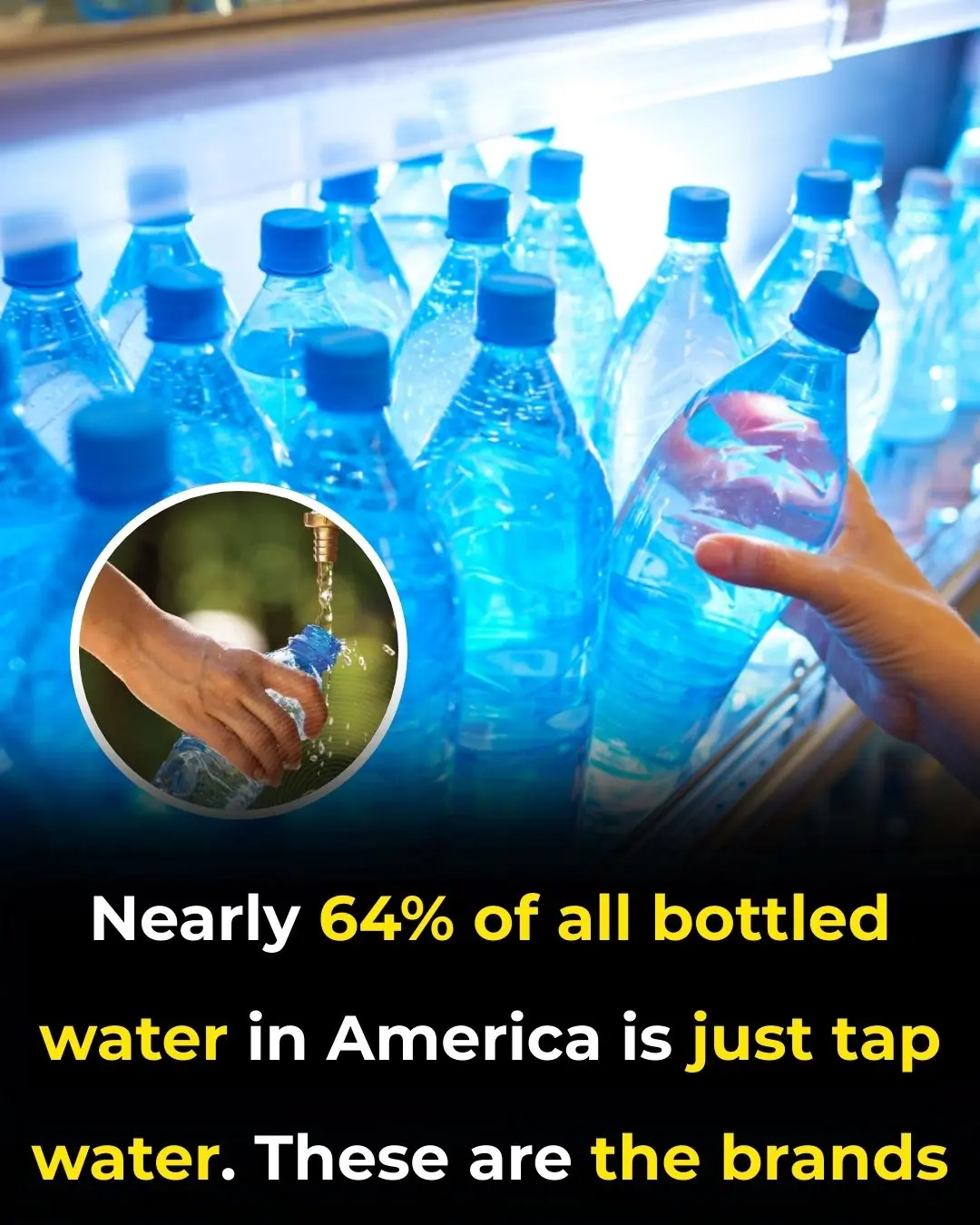
95% of People Don’t Know the Meaning of the Numbers at the Bottom of Plastic Bottles and Containers
Plastic bottles and containers are everywhere in daily life. From water bottles and food boxes to shampoo bottles and cleaning product containers, plastic is one of the most widely used materials in modern households. Yet, most people never stop to think about the small numbers stamped at the bottom of these items.
Surprisingly, about 95% of people do not know what these numbers mean. Far from being random markings, they are actually part of a global identification system that indicates the type of plastic used. Understanding these numbers is important because it helps consumers make safer choices, recycle properly, and reduce environmental impact.
1. Why the Numbers Matter
Each number on the bottom of a plastic container corresponds to a specific type of plastic. Known as the Resin Identification Code (RIC), this system was introduced to make recycling easier and to help consumers identify plastics.
These codes range from 1 to 7 and are usually surrounded by a triangular recycling symbol. They are not only about recycling but also provide valuable information about safety, durability, and the best use for each type of plastic.
By learning the meaning of these numbers, you can:
-
Choose safer plastics for food and drink storage
-
Avoid plastics that are less eco-friendly
-
Recycle more effectively
-
Make informed buying decisions
2. Number 1: PET or PETE (Polyethylene Terephthalate)
This is one of the most common plastics used for water bottles, soft drink bottles, and many food containers. PET is lightweight, transparent, and relatively strong.
-
Safe use: Designed for single use. Repeated refilling can cause bacteria buildup if not cleaned properly.
-
Recycling: Easily recyclable and often turned into fibers for clothing, carpets, or new containers.
3. Number 2: HDPE (High-Density Polyethylene)
HDPE is a tougher type of plastic used in milk jugs, shampoo bottles, cleaning product containers, and toys.
-
Safe use: Generally considered safe and resistant to moisture.
-
Recycling: Widely accepted in recycling programs and turned into new bottles, piping, or plastic lumber.
4. Number 3: PVC (Polyvinyl Chloride)
PVC is used for pipes, window frames, and some packaging. It is durable but less commonly recycled.
-
Safe use: Not recommended for direct food contact unless specifically labeled as food-safe.
-
Recycling: Difficult to recycle and often excluded from household recycling programs.
5. Number 4: LDPE (Low-Density Polyethylene)
This softer plastic is used in grocery bags, bread bags, squeezable bottles, and some wraps.
-
Safe use: Generally safe but not as sturdy as HDPE.
-
Recycling: Less commonly recycled, though some areas accept it.
6. Number 5: PP (Polypropylene)
PP is a very common household plastic found in yogurt containers, medicine bottles, straws, and food storage boxes.
-
Safe use: Strong, heat-resistant, and commonly used for food storage.
-
Recycling: Increasingly accepted in recycling programs, especially for food containers.
7. Number 6: PS (Polystyrene)
PS, also known as Styrofoam, is used in disposable plates, cups, and food trays.
-
Safe use: Lightweight but breaks easily. Often considered less ideal for repeated use.
-
Recycling: Rarely recycled because it is not cost-effective.
8. Number 7: Other (Mixed Plastics)
This category includes all other plastics, such as polycarbonate or bioplastics. You will see this number on items like water cooler bottles, sunglasses, or certain food containers.
-
Safe use: Varies depending on the type of plastic in this category. Always check labeling.
-
Recycling: Recycling is limited and often requires specialized facilities.
9. How Knowing These Numbers Helps Consumers
Understanding plastic codes helps in many ways:
-
Health-conscious choices: You know which plastics are safest for food and drinks.
-
Environmental responsibility: Choosing recyclable plastics helps reduce waste.
-
Cost savings: Reusing the right types of plastics safely reduces the need to buy single-use items.
-
Awareness: Educated choices lead to more sustainable lifestyles.
10. Tips for Using Plastic Safely
-
Avoid exposing plastic containers to high heat unless labeled microwave-safe.
-
Do not reuse single-use bottles for long periods.
-
Wash containers thoroughly before reusing.
-
Choose reusable alternatives like glass or stainless steel when possible.
-
Sort plastics correctly for recycling based on their number codes.
Conclusion
The numbers at the bottom of plastic bottles and containers are more than just small details. They are keys to understanding the type of plastic, its safe use, and its recyclability. Although 95% of people are unaware of their meaning, learning them is simple and highly beneficial.
By paying attention to these codes, you can make safer decisions for your health, contribute to better recycling practices, and reduce your environmental footprint. The next time you pick up a bottle or container, take a moment to look underneath—you’ll know exactly what those numbers mean and how they can guide your choices.
News in the same category


Be careful — one single action at the airport could ruin your en:tire life.

Don't Throw Away That Old Non-Stick Pan! Try This Simple Trick to Make It Like New
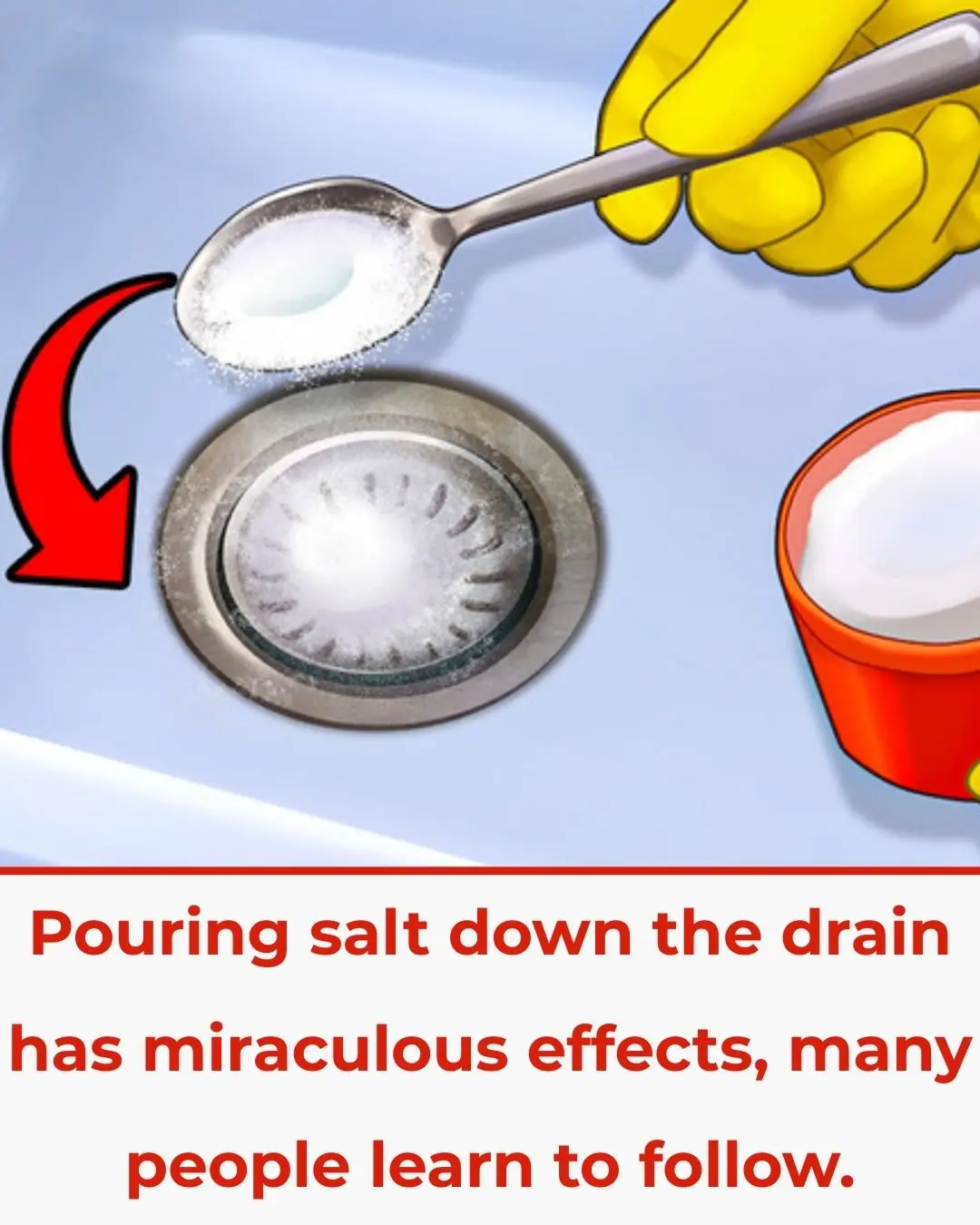
Pouring Salt Down the Drain: A Surprising Trick More People Are Trying

3 Simple Ways to Keep Your Home Completely Rodent-Free
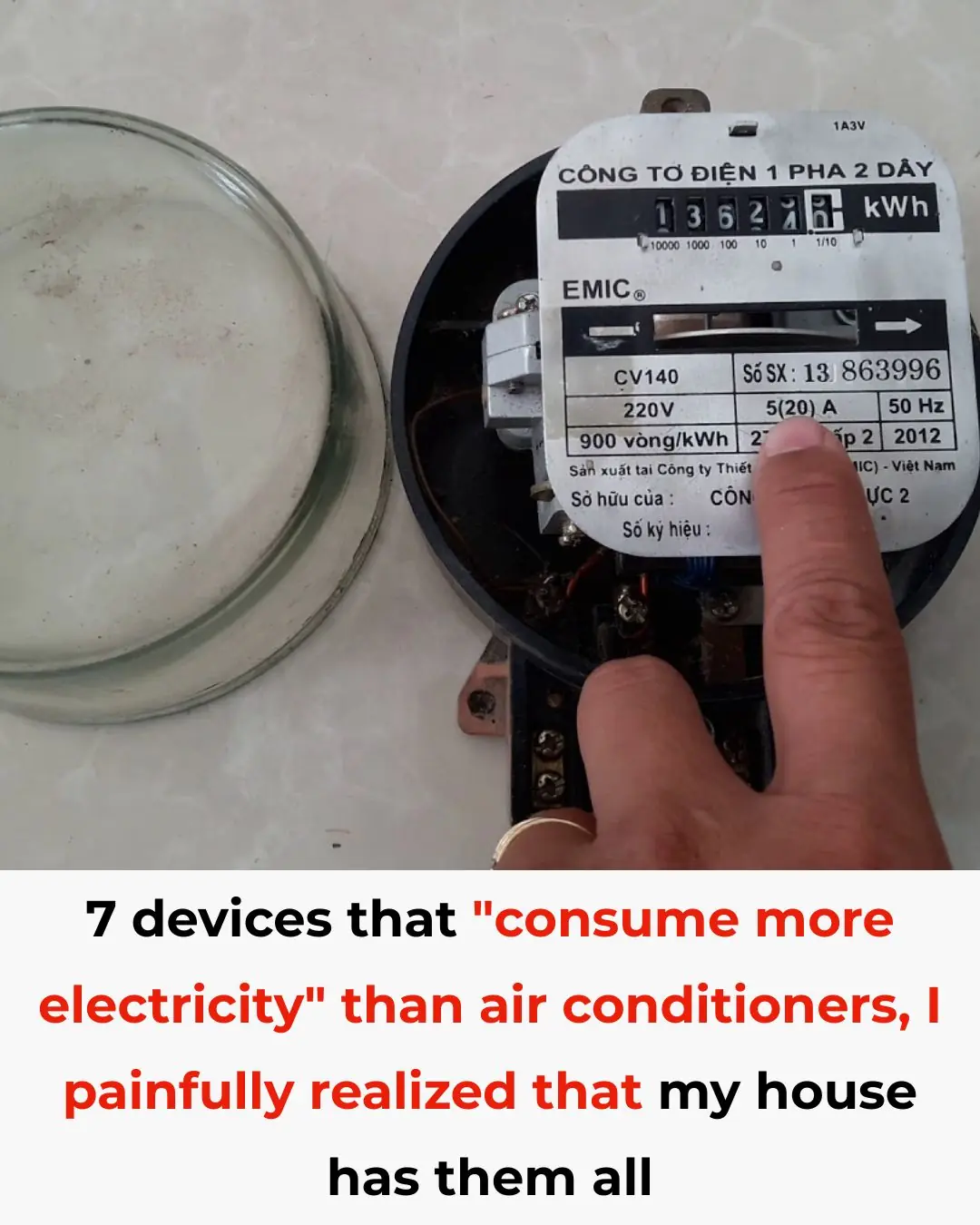
7 Household Appliances That Consume More Electricity Than Air Conditioners — I Sadly Realized My Home Has Them All

Four Plants in Your Garden That Attract Snakes Like Crazy — Remove Them Immediately for Family Safety

Tips for pickling white eggplants that are crispy, do not turn black, and do not form scum when left for a long time

How to grow papaya in pots, the fruit is heavy, big and sweet
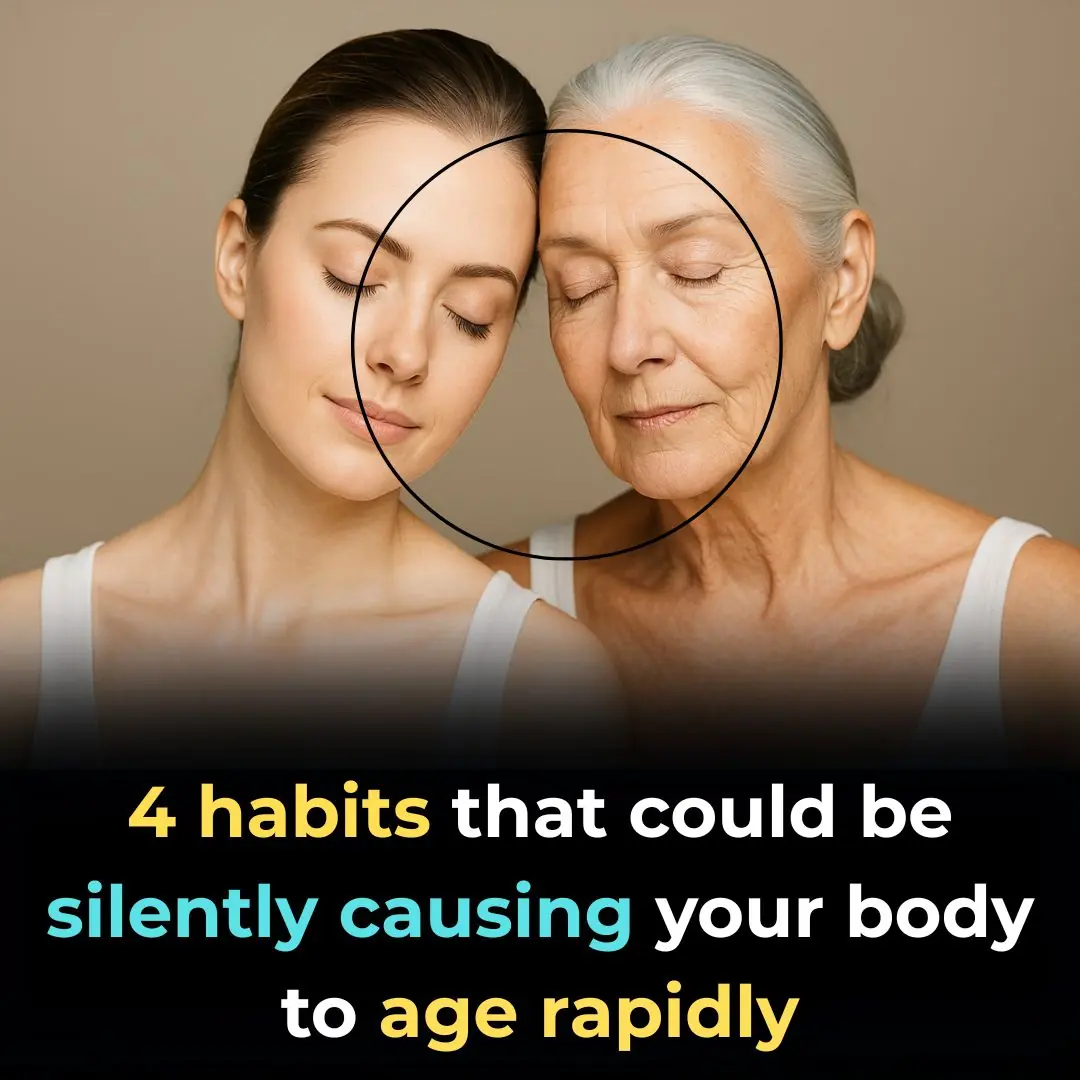
4 habits that may be silently accelerating your body’s aging process

Eating ginger without peeling it – a lifelong health risk? The surprising truth that shocks everyone.
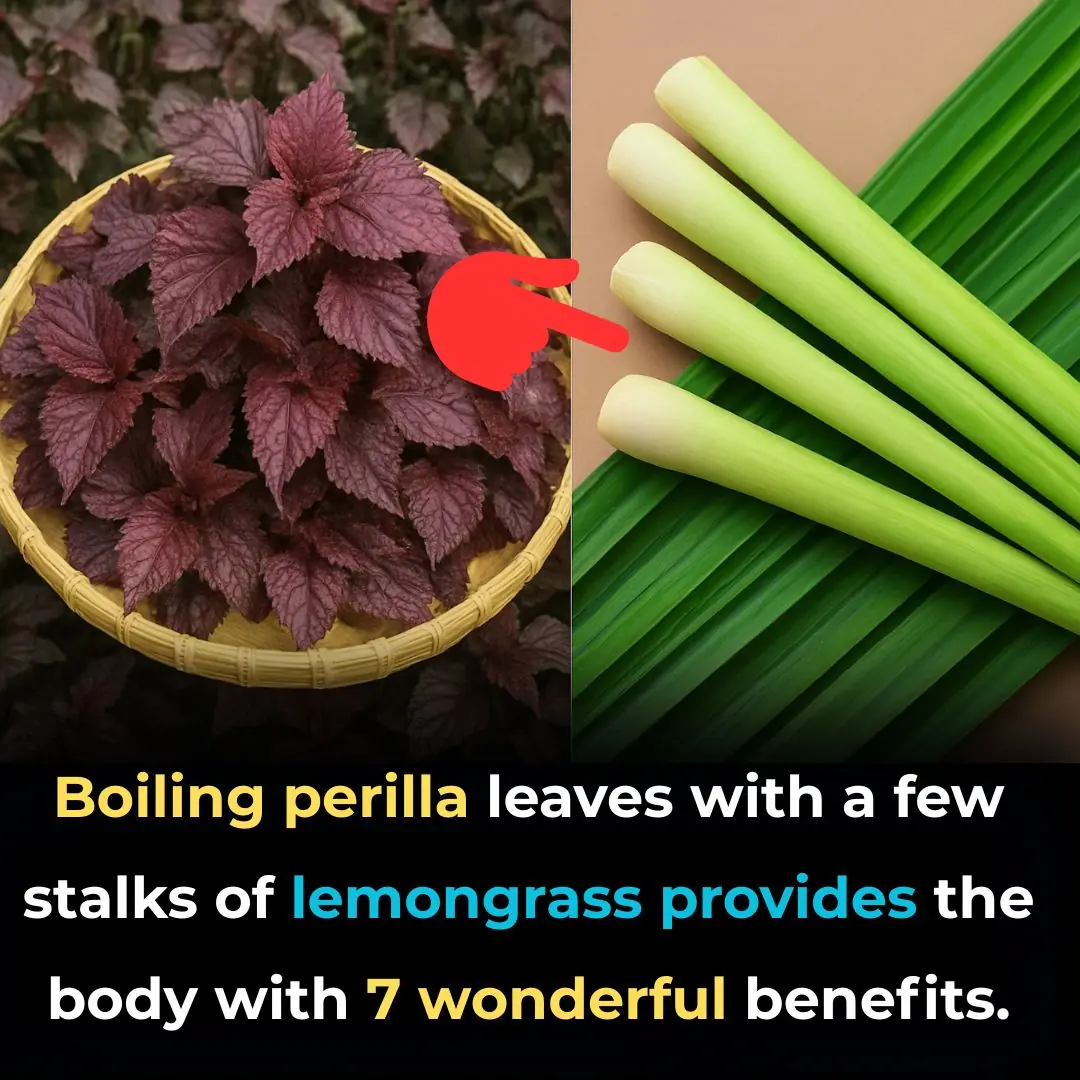
Boiling perilla leaves with a few stalks of lemongrass gives your body these 7 amazing benefits.
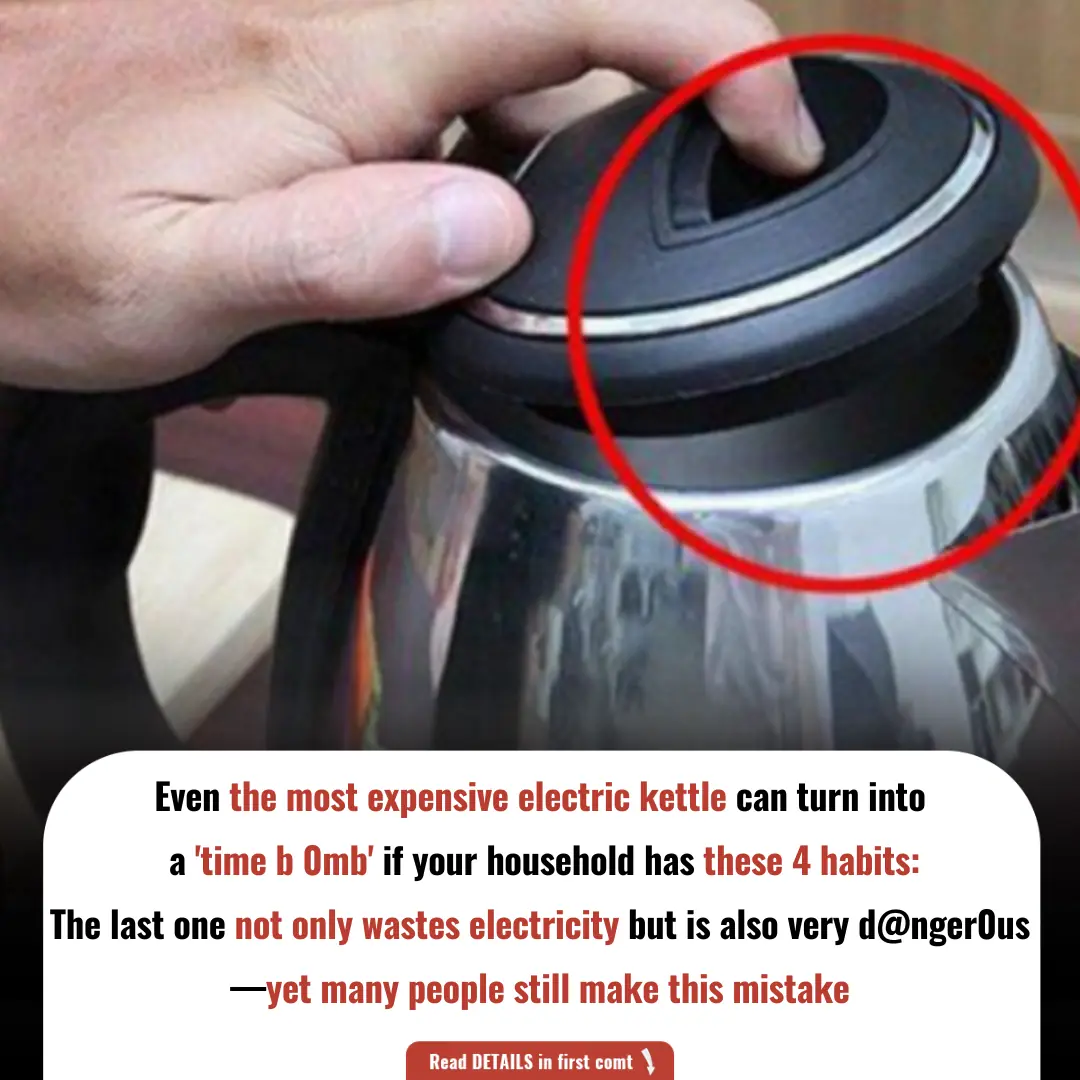
Even the Most Expensive Electric Kettle Can Turn Into a "Time B0 m b" If Your Household Has These 4 Habits

If a Non-Stick Pan Shows These 3 Signs, It’s Best to Throw It Away Immediately to Avoid Health Risks
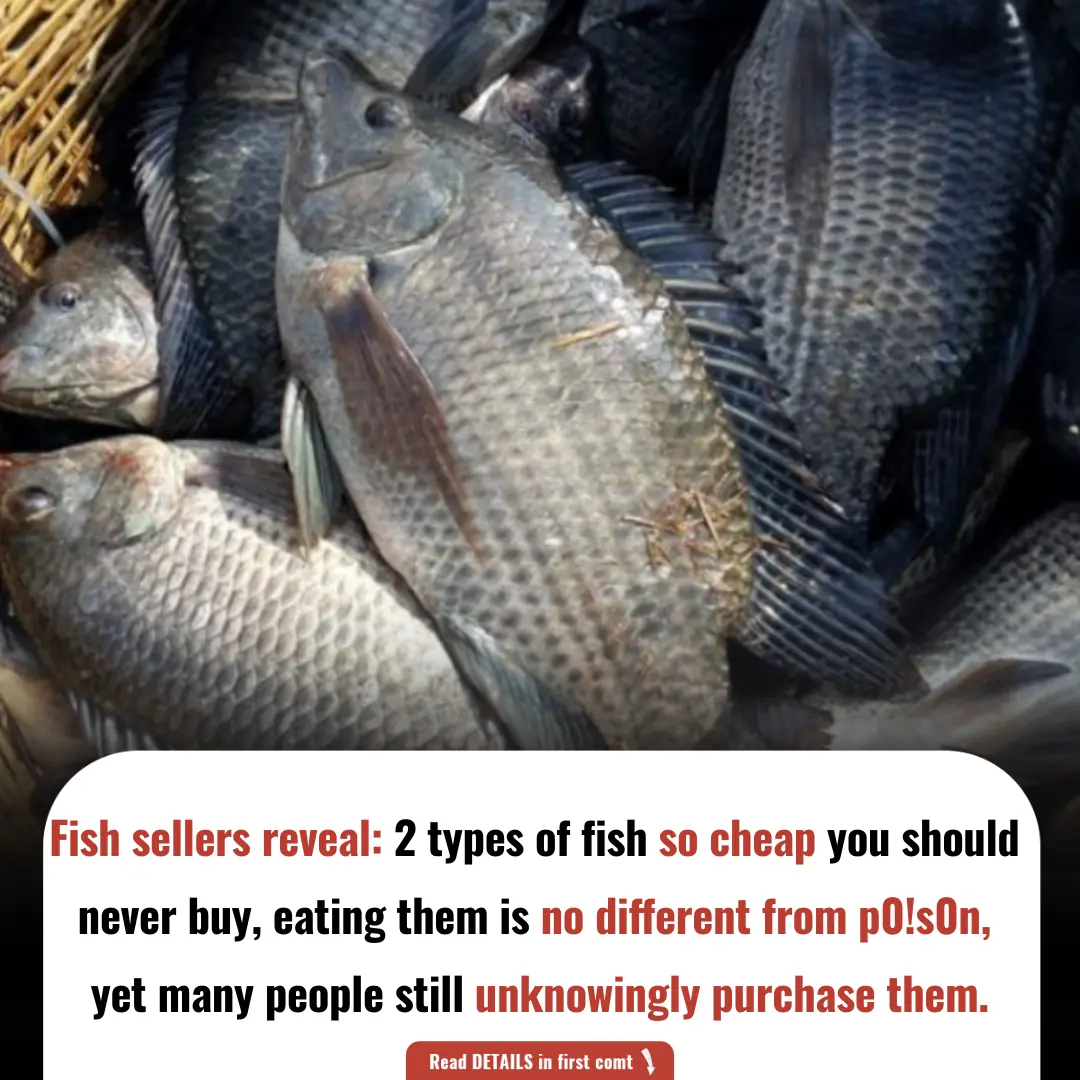
Fish Sellers Reveal: 2 Types of Fish So Cheap You Should Never Buy, Yet Many People Still Unknowingly Purchase Them

The hidden electricity-draining device at home that few people notice: It consumes more power than a refrigerator or washing machine

Seafood seller warns: Avoid these 4 types of shrimp or risk your health!
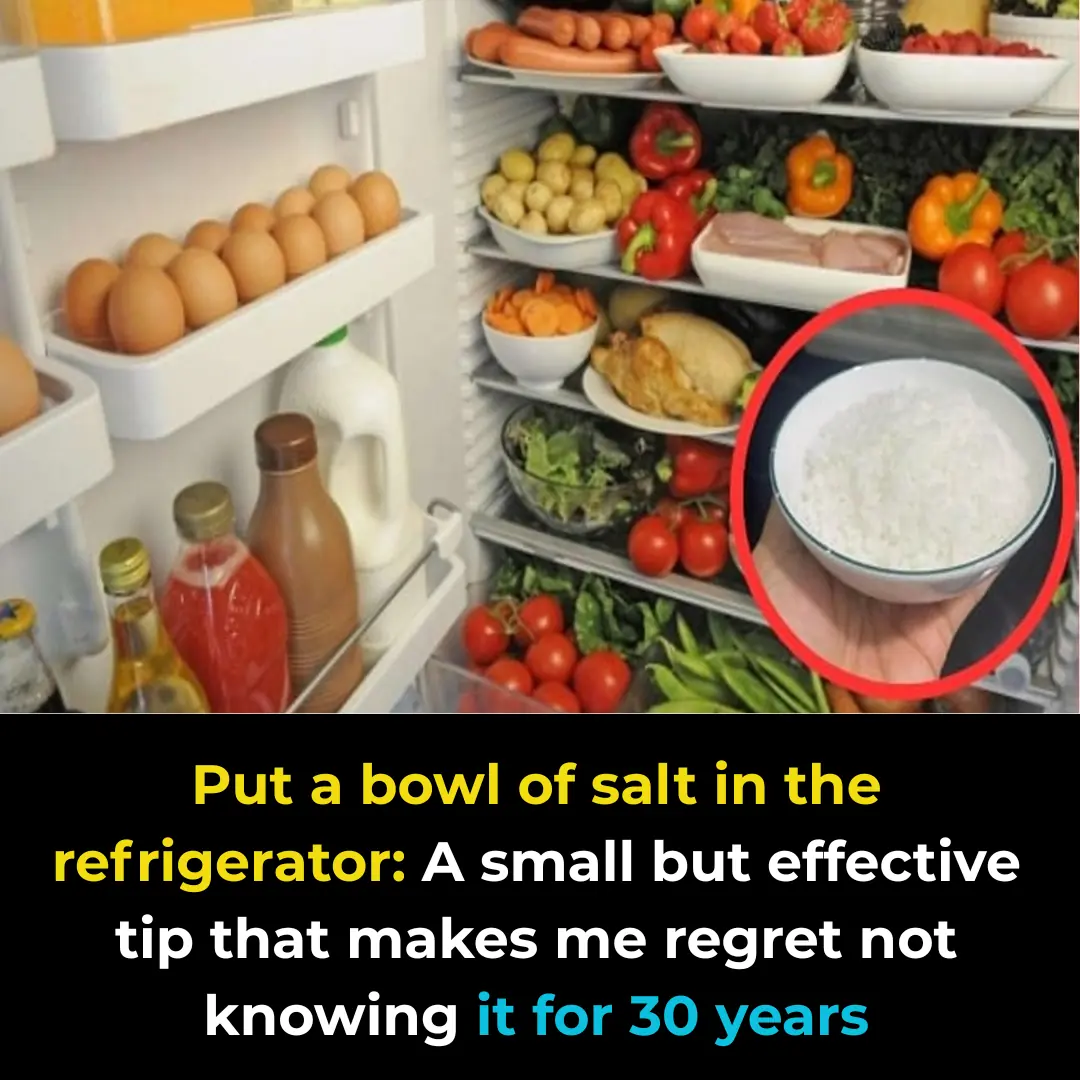
Place a bowl of salt in the fridge: A simple yet powerful trick I wish I had known 30 years ago
News Post

5 Delicious Eating Habits That Put the Whole Family at Risk of C:ancer – Extremely Dangerous and Should Be Avoided Immediately

Be careful — one single action at the airport could ruin your en:tire life.

Condolences to those who are using these 4 types of electric kettles: Throw them away while you still can, thousands of people have already developed c:ancer.

How Magnesium Keeps Your Heart Rhythm Healthy

Why Do I Cough When Taking a Deep Breath?

Taking the Stairs Could Help You Live Longer

Purple Veins on Your Legs: When to Worry

Man develops 'pork worms' in his brain after years of doing this specific cooking habit

Signs Your Cortisol Is Dangerously High

Woman who d::ied for 24 minutes before being brought back to life details exactly how it felt

The Sleep Saboteur: The One Thing You Should Never Do When You Wake Up at Night

Nightly Habits That Could Increase Your Risk of Stroke
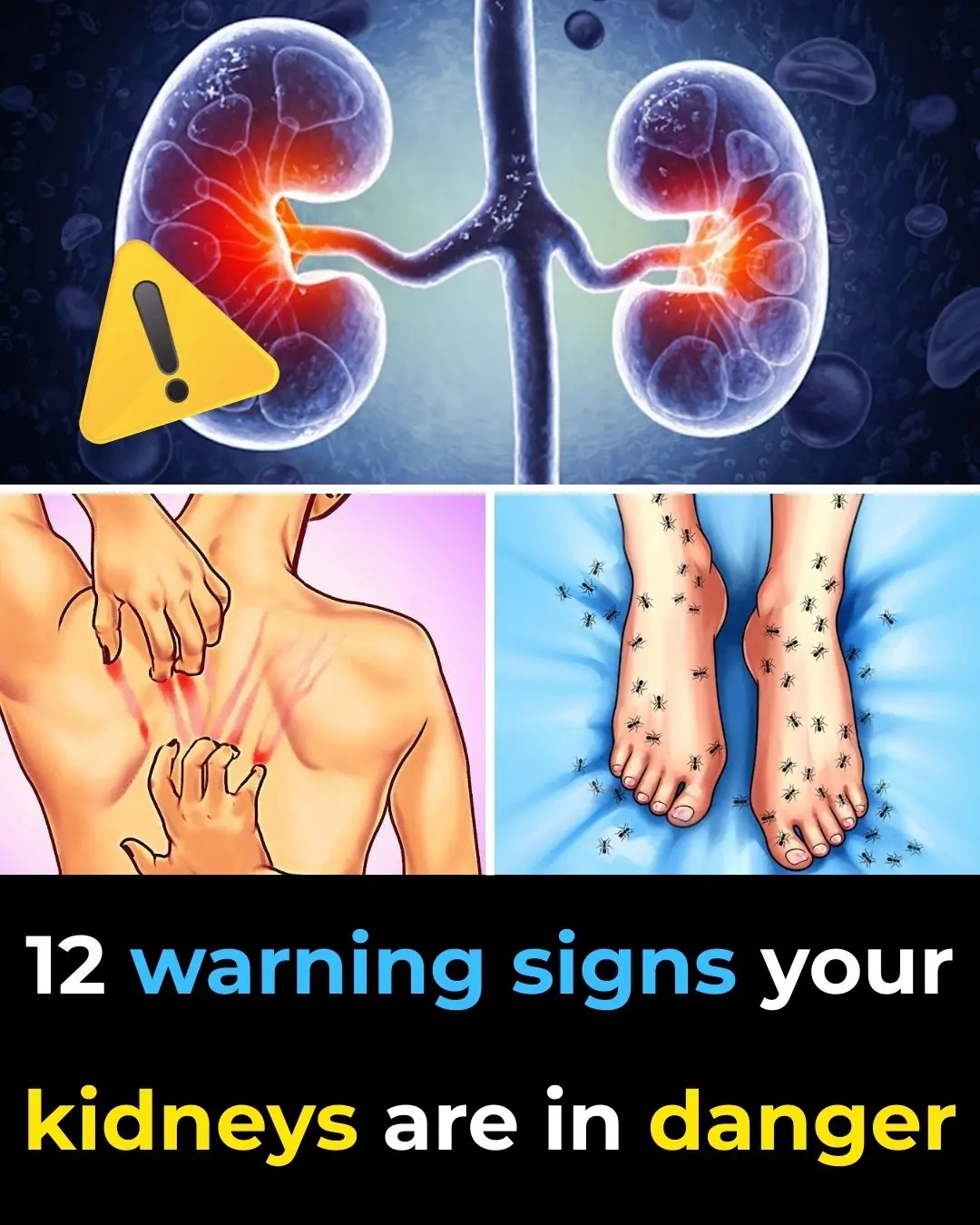
🚨 ALERT! 7 Strange Signs Your Kidneys Are Crying for Help
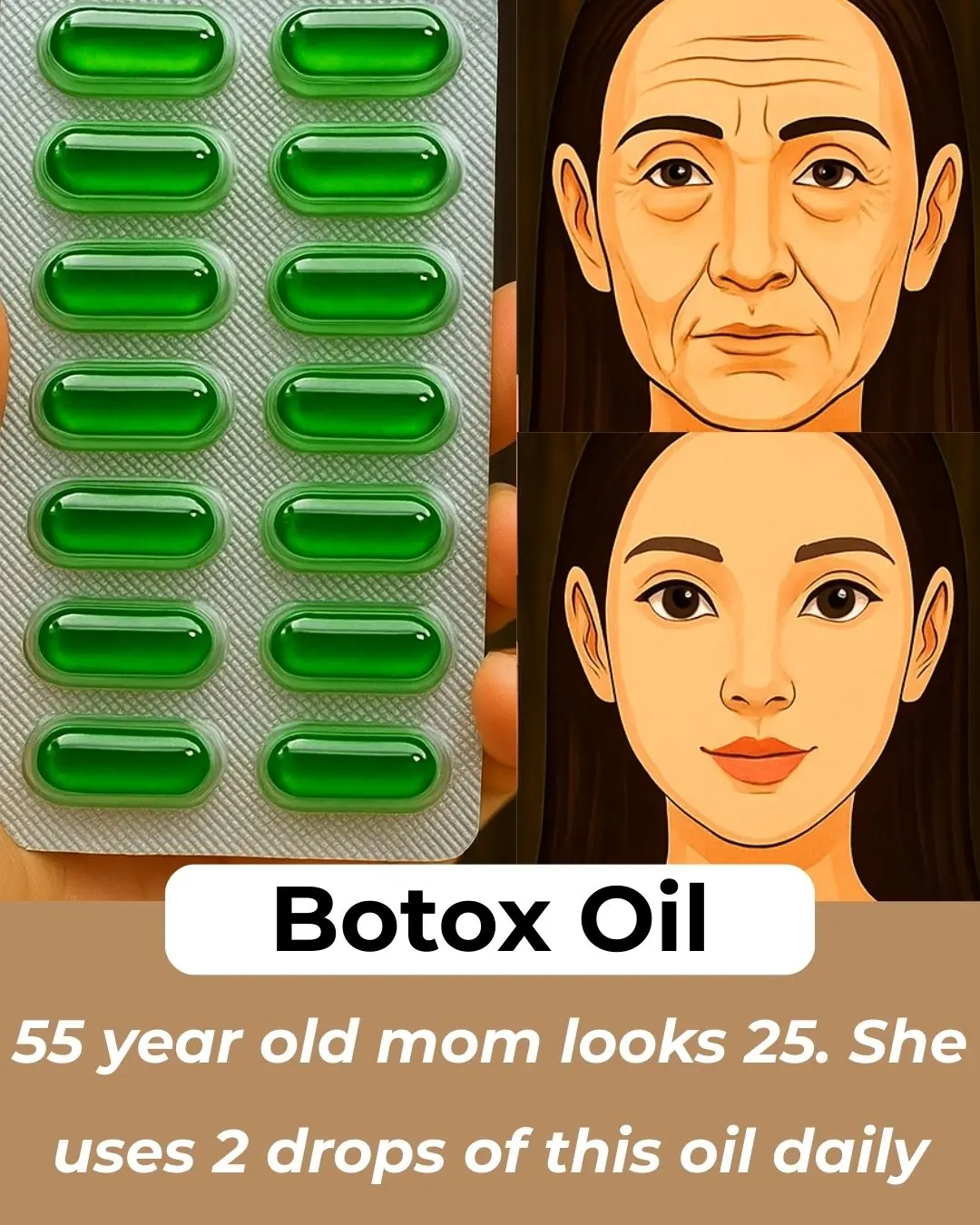
Vitamin E Oil uses for Skin – Glowing Skin, Dark Circles & Wrinkles
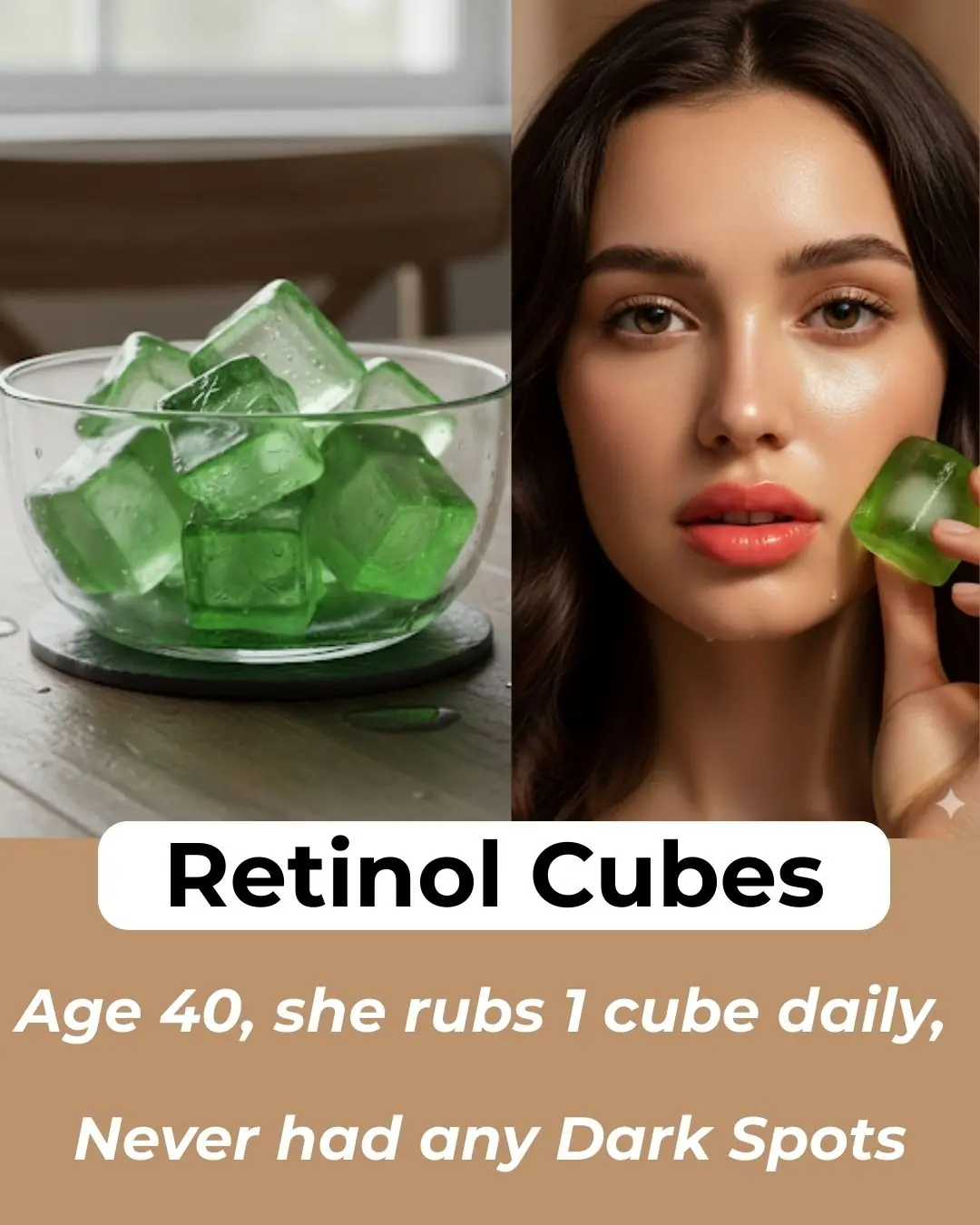
DIY Aloevera ice cubes to Remove Dark Spots & Clear Skin | Aloevera Benefits for Skin

Tips for pickling white eggplants that are crispy, do not turn black, and do not form scum when left for a long time
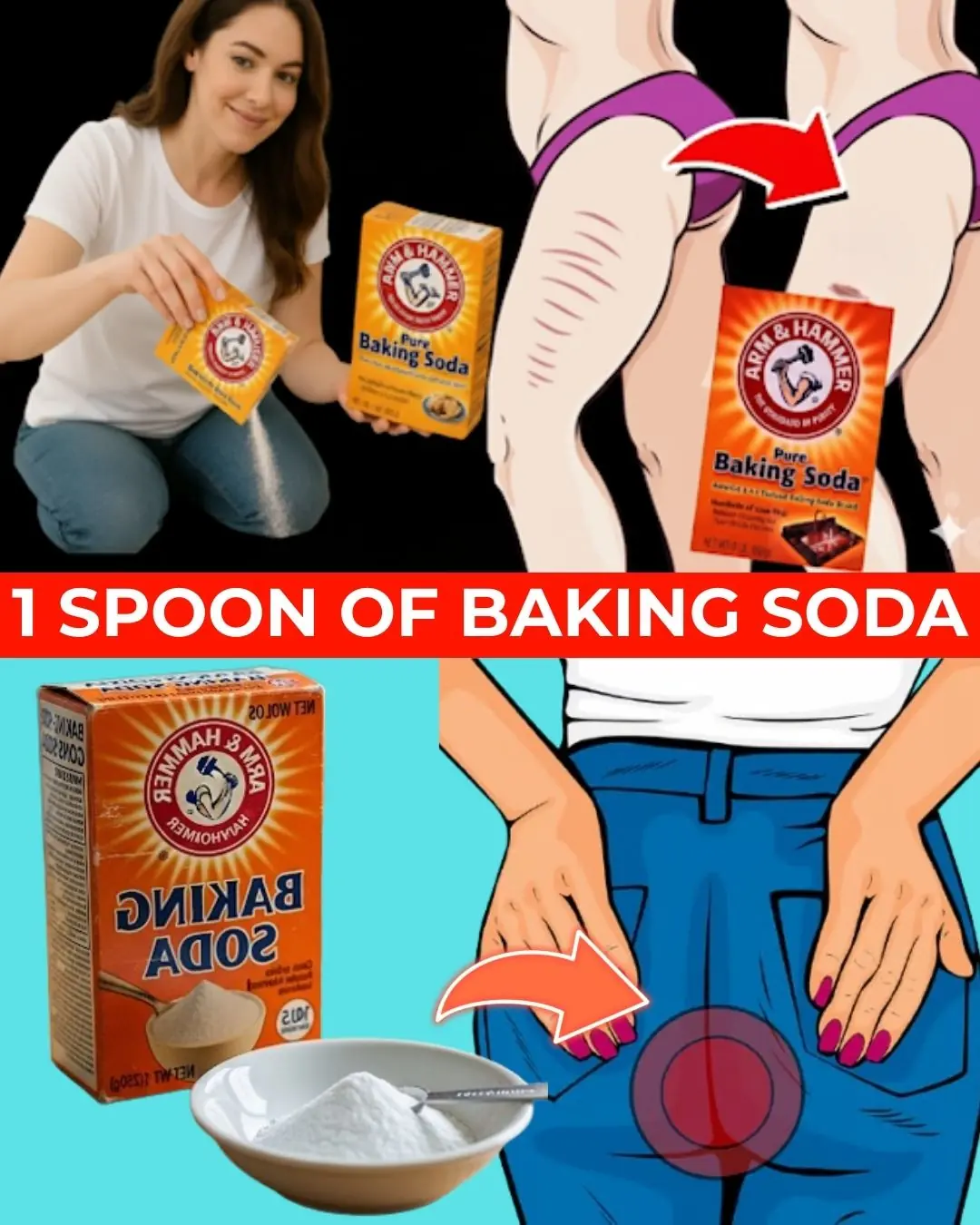
11 Secret Baking Soda Tricks for Women That Will Change Your Life!
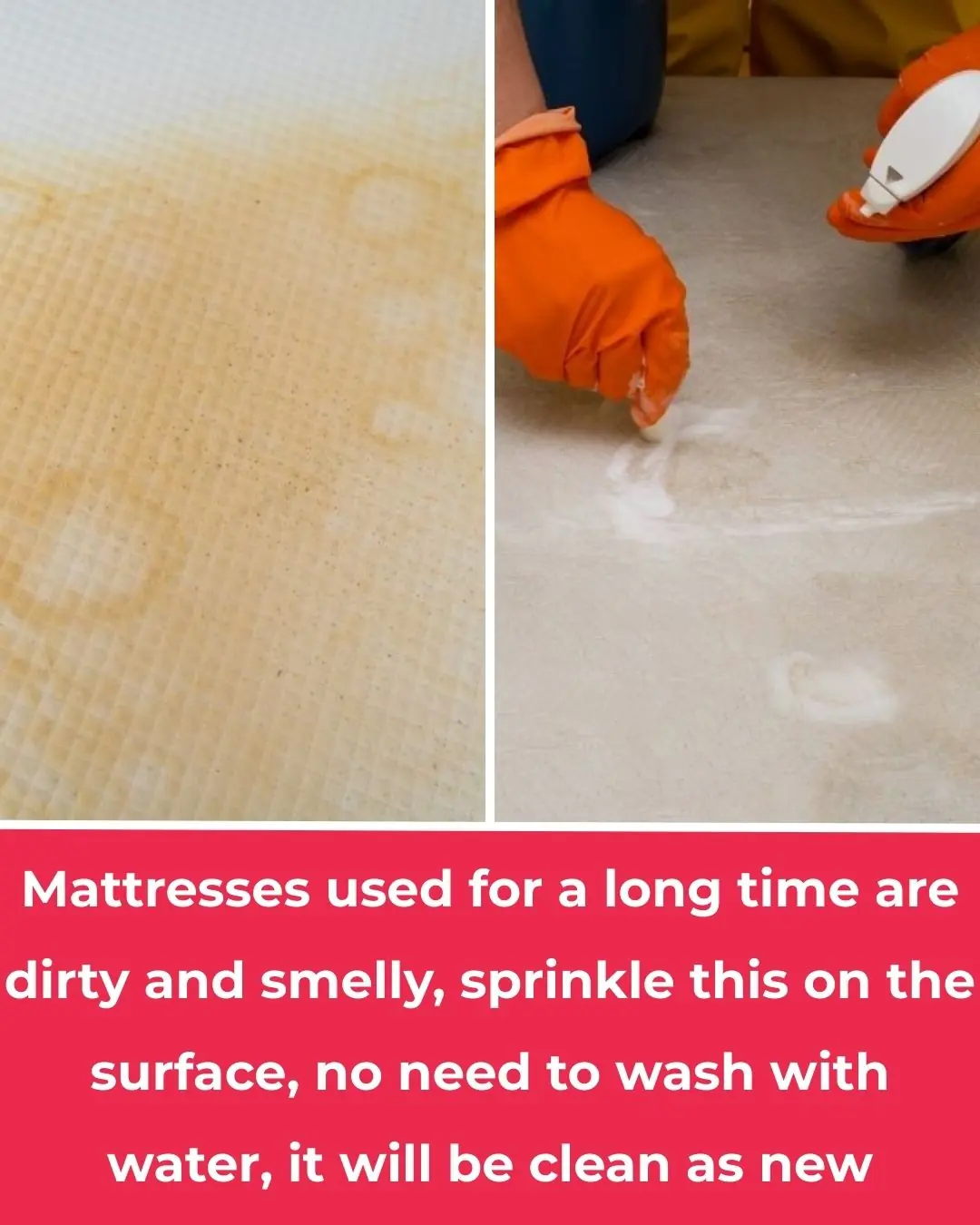
Mattresses used for a long time are dirty and smelly, sprinkle this on the surface, no need to wash with water, it will be clean as new

‘Healthy Man’ Diagnosed With Cancer After Noticing Dog’s Bizarre Behavior Around Him
